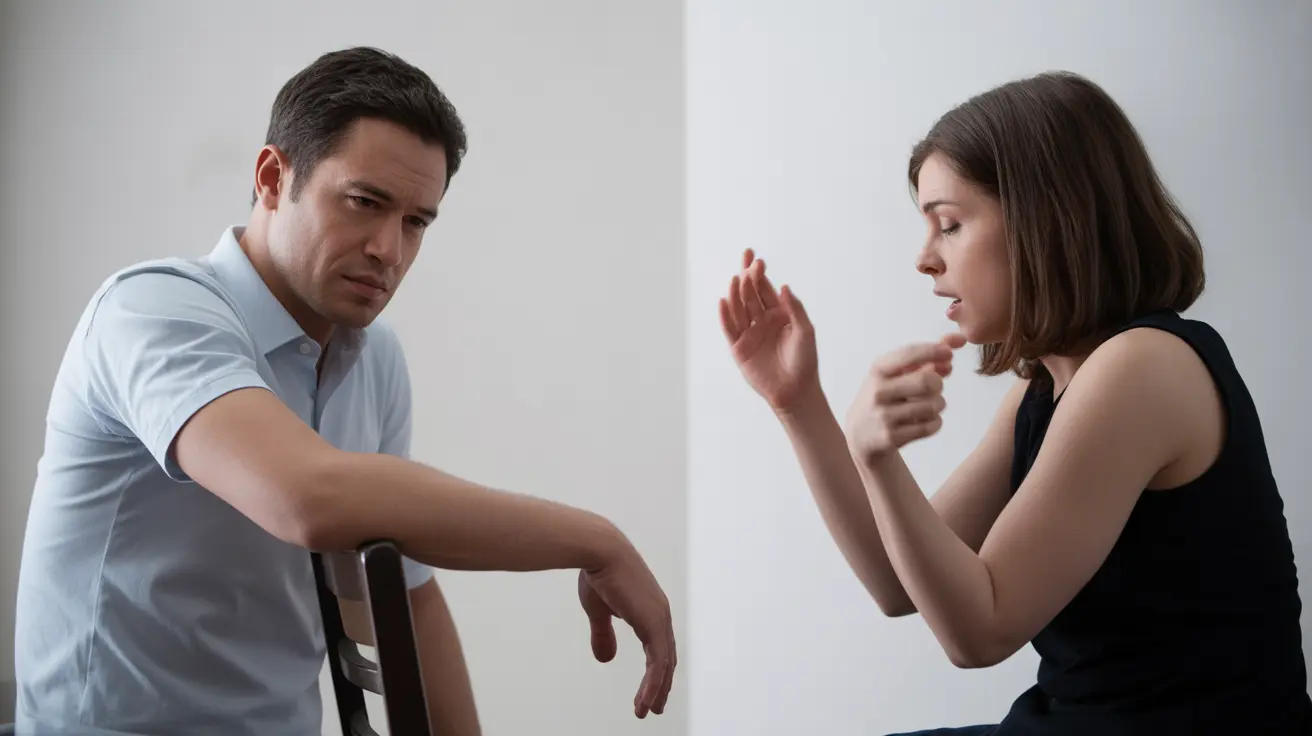When someone experiences sudden neurological symptoms, determining whether it's a stroke or seizure can be crucial for proper emergency care. While both conditions affect the brain, they have distinct characteristics, causes, and treatment approaches. Understanding these differences can help ensure faster, more appropriate medical response and potentially better outcomes.
This comprehensive guide explores the key distinctions between strokes and seizures, including their symptoms, emergency response protocols, and prevention strategies. Whether you're a caregiver, healthcare professional, or someone looking to better understand these conditions, this information can help you make informed decisions during critical moments.
Understanding Strokes and Seizures: Basic Differences
A stroke occurs when blood flow to part of the brain is interrupted, either by a blockage (ischemic stroke) or bleeding (hemorrhagic stroke). This disruption causes brain cells to die due to lack of oxygen and nutrients. In contrast, a seizure results from sudden, uncontrolled electrical activity in the brain, which can cause various symptoms depending on which brain areas are affected.
Key Symptoms and Warning Signs
Stroke Symptoms
Stroke symptoms typically develop suddenly and may include:
- Facial drooping on one side
- Weakness or numbness in one arm or leg
- Slurred or difficult speech
- Sudden severe headache
- Vision problems
- Balance difficulties
Seizure Symptoms
Seizure manifestations can vary widely but often include:
- Sudden confusion
- Uncontrolled jerking movements
- Loss of consciousness
- Temporary absence or staring spells
- Muscle rigidity
- Post-episode confusion and fatigue
Emergency Response and Diagnosis
Healthcare providers use different diagnostic approaches for strokes and seizures. For strokes, they often employ the FAST method (Face, Arms, Speech, Time) and may order immediate brain imaging. Seizure diagnosis typically involves gathering detailed patient history, performing neurological examinations, and possibly conducting EEG testing.
The Connection Between Strokes and Seizures
Strokes can sometimes trigger seizures, both immediately after the event and in the long term. These post-stroke seizures require specialized treatment approaches that address both conditions. Understanding this relationship helps healthcare providers develop more effective treatment strategies.
Treatment Approaches
Stroke Treatment
Immediate stroke treatment focuses on restoring blood flow through:
- Clot-busting medications (for ischemic strokes)
- Surgery (for certain cases)
- Blood pressure management
- Supportive care
Seizure Treatment
Seizure management typically involves:
- Anti-epileptic medications
- Emergency medications for acute episodes
- Lifestyle modifications
- Regular monitoring and follow-up care
Prevention Strategies
Both conditions share some preventive measures, including:
- Maintaining healthy blood pressure
- Regular exercise
- Balanced diet
- Stress management
- Adequate sleep
- Regular medical check-ups
Frequently Asked Questions
What are the main differences in symptoms between a stroke and a seizure?
The main differences lie in their presentation: stroke symptoms typically include one-sided weakness, facial drooping, and speech problems that develop suddenly and persist. Seizures usually involve temporary episodes of uncontrolled movements, confusion, or loss of consciousness, followed by a recovery period.
How can a healthcare provider quickly tell if someone is having a stroke or a seizure?
Healthcare providers use specific assessment tools like the FAST method for strokes and observe the episode's characteristics. Strokes typically show persistent symptoms, while seizures are usually time-limited events with a distinct beginning and end.
Can a stroke cause seizures, and how are post-stroke seizures treated?
Yes, strokes can cause seizures, both immediately after the stroke and later. Treatment typically involves anti-epileptic medications specifically chosen to manage post-stroke seizures while considering other stroke medications and recovery needs.
What emergency treatments are used for stroke versus seizure episodes?
Stroke emergency treatment focuses on restoring blood flow through medications or surgery. Seizure emergency treatment primarily involves ensuring patient safety, administering anti-seizure medications if needed, and monitoring vital signs until the episode resolves.
How can people reduce their risk of having a stroke or a seizure?
Risk reduction strategies include maintaining healthy blood pressure, regular exercise, proper nutrition, stress management, and avoiding triggers (particularly for seizures). Regular medical check-ups and medication compliance, if prescribed, are also crucial.




